Why popular e-marketplaces are a strict no go when it comes to corporate gifting?
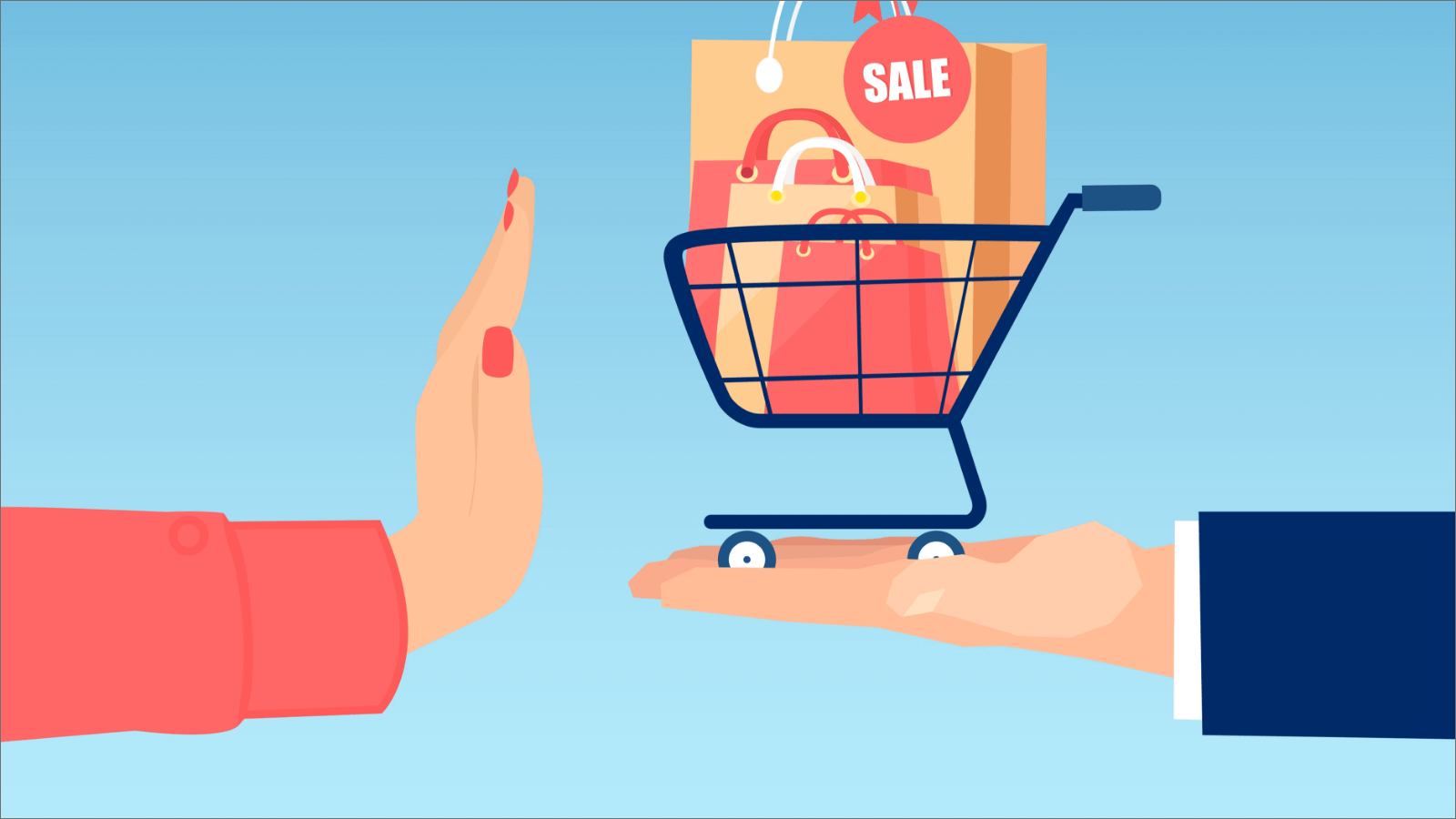
Why popular e-marketplaces are a strict no go when it comes to corporate gifting?
How often have you heard (or used) the phrase: “I’ll just buy it online”?
Let’s face it. eCommerce platforms have a robust market presence. They’re the go-to destinations for most people who are shopping online, particularly for gifts. As one global survey revealed, around 42% of people prefer to buy most (or all) of their holiday gifts on one of these platforms.
Often confused, hence seldom understood is the fact that marketplaces lack the sensitivity when it comes to corporate gifting. Shopping for corporate gifts on these marketplaces defeats the objective of corporate gifting. This festive gifting season, hence, it is a good time to reinvent corporate gifting and look beyond these marketplaces for your employee,customer, and other stakeholder gifts.
One of the key reasons to give bespoke portals a chance this year is that they offer greater freedom to personalize the gifts you purchase. And personalization is one of the hottest gifting trends at the moment. Even adding small details like names, designations, and achievements can significantly elevate the quality of a gift.
Customized gifts like these make receivers feel more valued and included in the corporate family. Unfortunately, on larger, bulk-order marketplaces, you cannot choose curated gifts or add a personal touch to every gift.
Another reason to steer clear of universal online stores is their vetting process. Leading eCommerce marketplaces are generally not particularly picky about the sellers they enlist on their platforms. So, you may have to navigate various issues like inaccurate or insufficient product information, failure to meet delivery deadlines, or a lack of standardized customer service.
Additionally, when you look beyond such generic marketplaces to pick a portal that specializes in corporate gifting, you get the advantage of building a relationship with the latter. You can capitalize on this partnership to build a robust and dynamic corporate gifting program that could quickly become a unique value proposition for your company. This may not be possible when you choose large, consolidated eCommerce portals.
Want to give your corporate gifting game an upgrade this year?
If you answered yes to that question, the Moglix Big Bonanza Festival is just what you’re looking for. Its unique and customized corporate gifting catalog includes over 100 brands across 50+ product categories, and you’re sure to find the perfect corporate gift to let your employees, customers, dealers, distributors and suppliers know just how much they are valued.
You can also take advantage of the massive bulk deals and discounts on the products listed for sale. So, no matter what your corporate gift budget is, India’s biggest corporate gifting festival from Moglix is bound to have something for you.
Know more about how to delight your employees and business associates through the Big Bonanza Festival this year.
Corporate Gifting Made Easy – 5 unmissable corporate gifting ideas

Corporate Gifting Made Easy – 5 unmissable corporate gifting ideas
Back in the day, corporate gifts in India may have been limited to a classy gold watch presented to retiring employees. But in the years since, gift-giving has become a more integral part of corporate culture in the country. In fact, the corporate gifting market in India, now worth Rs. 12,000 crores, is estimated to be growing at over 200% annually.
This is not surprising because the gifting season in India’s offices comes around every year (or sometimes even twice a year!). Gifting trends, however, change from one year to the next.
So, if you want to go the extra mile for your employees, customers, vendors, and other stakeholders this festive season while still keeping pace with the times, here are 5 trending corporate gifting ideas across different budgets.
1. Something that’s sustainable and eco-friendly
With businesses and individuals increasingly embracing sustainability, eco-friendly products will undoubtedly be a hit. This year, you can adopt a sustainable theme and choose gifts that contribute to the betterment of the environment, like reusable products, recycled luxury goods, or even organic options for regular products.
2. Something for the home
You could also get the recipients something for their home, like charming home decor items. If your corporate gift budget allows it, you can even consider getting home appliances this season. Alternatively, if your company follows a hybrid work culture, your employees and other stakeholders will certainly appreciate gifts that will be useful in a home office.
3. Something that’s personalized
Customized gifts never go out of style. Adding little details to a gift, like an employee’s or customer’s name, can give a heartfelt touch to the gesture of corporate gifting. It also boosts their morale and trust more than a generic gift ever could. You can customize many regular products like stationery, coffee mugs, photo frames, and more.
4. More gift to you
If personalized or curated gifts are not what you’re considering this year, why not give the recipients more flexibility with a digital gift card? Each individual can redeem their gift cards at the relevant online marketplaces to purchase products or services that they actually want. This kind of flexibility is a gift in itself, isn’t it?
5. Some cool, new tech gifts
You can never go wrong when you choose a tech-based gift. The options here are practically endless. Depending on the budget available, you can opt for accessories like headphones, power banks, smartwatches, and other wearables, or even electric grooming products. These may not be your average corporate gifts, but your employees, customers, and other patrons will certainly appreciate them.
Want to crack the corporate gifting code this season?
If you answered yes to that, you’ll love the Moglix Big Bonanza Festival, India’s biggest corporate gifting festival — where you can find a wide range of gifting options, all available at attractive deals and discounts. Visit our website to know more.
Reengineering the Automotive Supply chain
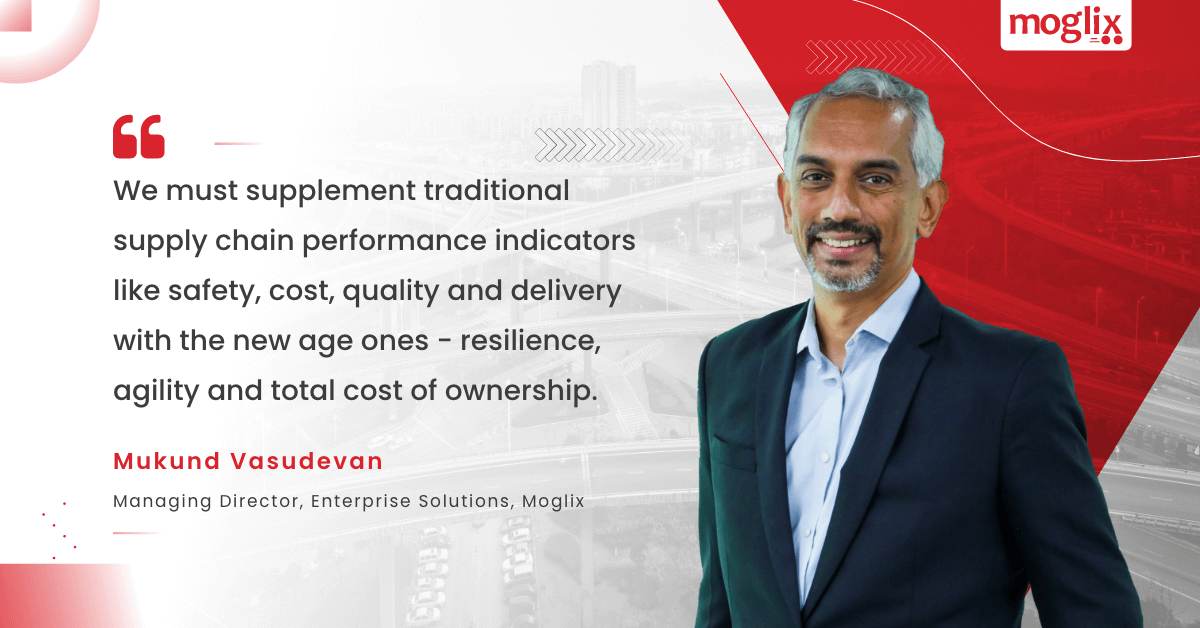
Reengineering the Automotive Supply chain
In 1982, Maruti Udyog and Suzuki signed a historical joint venture which changed the landscape of the Indian automobile sector forever. Nearly four decades later, in 2019, India is set to become the 4th largest automobile market in the world. It produces about 4.5 million vehicles annually (80% passenger and 20% commercial). The industry employs more than three crore people and contributes more than 7% to the overall GDP of India.
Cut to 2022, the industry is recovering from a torrid two-year period of material shortages, flagging customer demand and underutilized production capacity due to Covid. According to SIAM, 2021 was the worst performing year for Indian automobile sales in a decade, with only 17.51 million units sold.
Mentorship Series on `Excelling Business Operations`
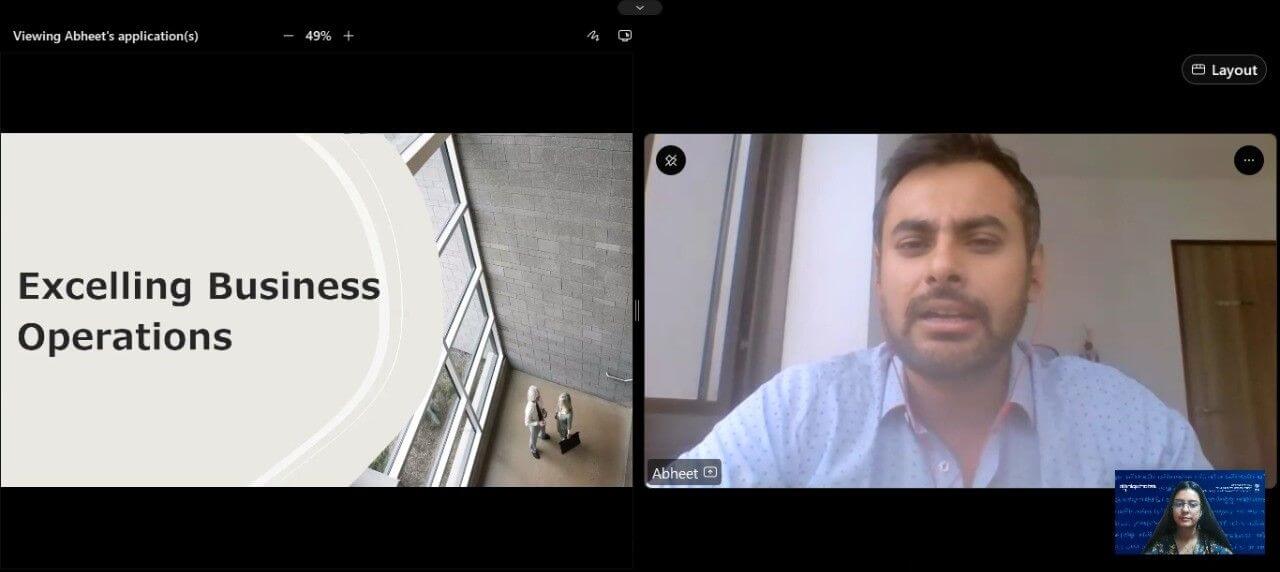
Mentorship Series on `Excelling Business Operations`
Date : August 17, 2022
Organizer: Shanghai Cooperation Organization
About the Event: Mr. Abheet Dwivedi, Senior Director, Moglix, recently delivered a talk on ‘Excelling Business Operations’ at an event organized by the Shanghai Cooperation Organization as part of its Mentorship Series.
India – A beacon of light in the gloomy world of economic turmoil

India – A beacon of light in the gloomy world of economic turmoil
On the occasion of 76th Independence day, Rahul Garg talks about India’s unprecedented growth.
On her diamond jubilee of Independence, India is setting the pace for science, technology, manufacturing and a collective rise in the quality of living for the world to follow. When we won our independence in 1947, the share of national investment in science and technology was 0.1 per cent of the GDP. After a fractious partition and centuries of a colonial hangover, we immersed ourselves into a mode of nation-building that can serve as an example for any young nation todav.
Digital nirvana enabled by startups
As more quintessential Indian consumers shift to a digitally native approach, startups are fulfilling this transformation by addressing the consumer experience gap. The B2B and D2C category provides a secondary business substrate to a new generation of creators with unlimited reach. Startups are at the heart of India’s service-oriented economy’s transformation into a product-led behemoth.
Cohesion: Alumni Connect Series

Cohesion: Alumni Connect Series
Date : August 06, 2022
Organizer: Indian Institute of Management, Calcutta
About the Event: Mr. Avinash Pandey, Director-Packaging, Moglix delivered a talk on the “Emerging Trends in Packaging & B2B Commerce” at ‘Cohesion: Alumni Connect Series’ organized for PGPEX VLM- IIM Calcutta, IIT Kanpur & IIT Madras 16th batch.
The era of Digitization in MRO procurement: How your organization can save BIG in indirect spending!
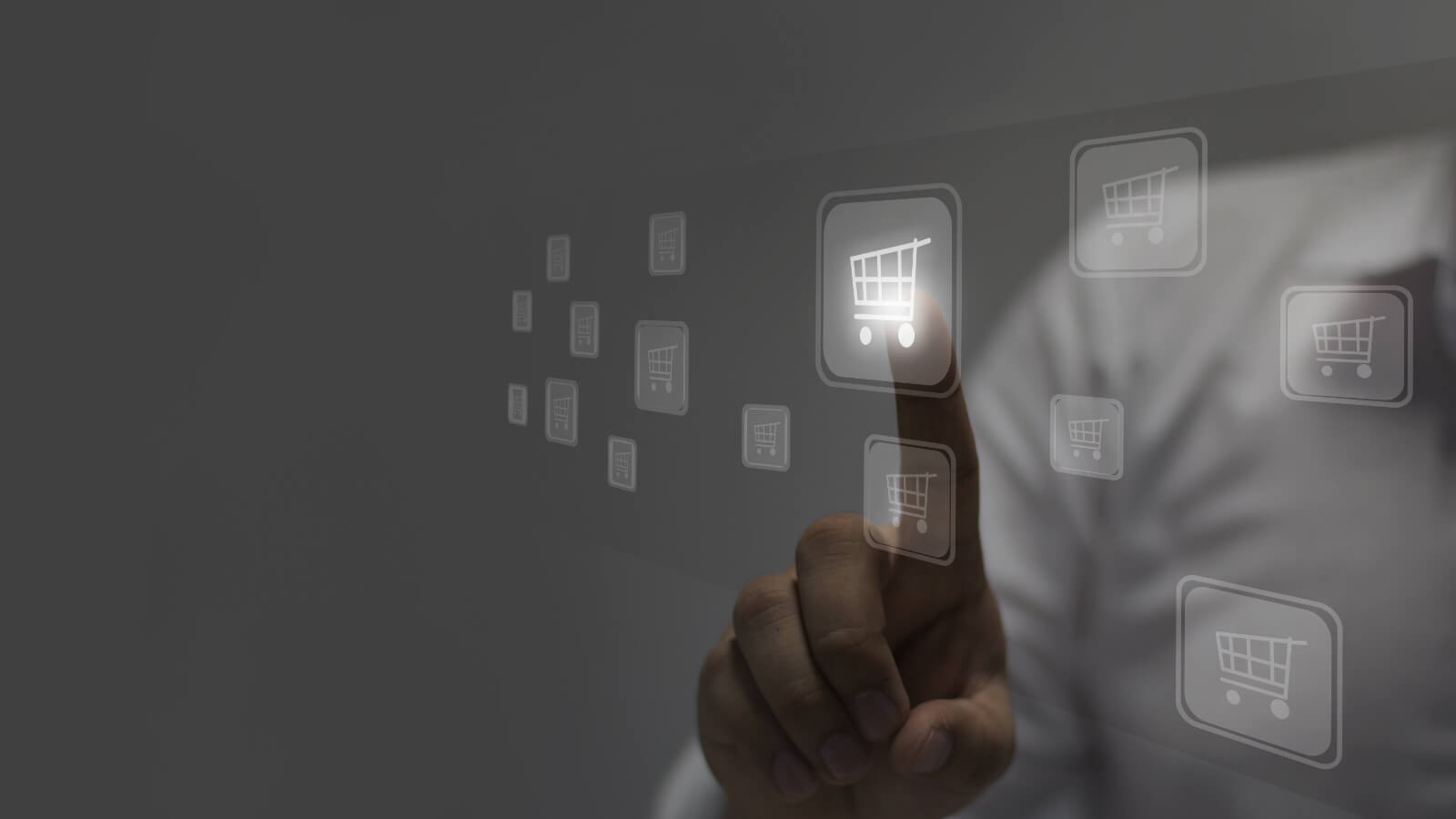
The era of Digitization in MRO procurement: How your organization can save BIG in indirect spending!
MRO, which stands for Maintenance, Repair, and Operations, is a buzzword that’s of great significance in industrial procurement. Often overlooked in favor of other purchases, most businesses’ MRO procurement supply chain is highly fragmented and greatly dependent on manual procedures. This can be a costly mistake because digitizing MRO procurement can bring in savings as high as 15%.[1]
Although the procurement of various other inventories and services like raw materials, capital equipment, and facilities contracts are witnessing rapid digitization, MRO procurement remains weighed down by tedious manual procedures. If your organization has yet to catch up with e-procurement solutions, the time may be just right to bring about some much-needed digitization in MRO now.
4 ideas to help your organization save big on MRO procurement:
- Cost savings via vendor consolidation
The network of vendors for MRO procurement is highly fragmented. This makes it much harder for businesses to manage vendor contracts and standardize procurement costs. Digitization of the process helps turn this around by identifying and consolidating the best vendors in the market. Your organization can then rely on a streamlined network of vendors to meet its MRO requirements in a cost-effective manner and bring you real-time track and trace visibility of your current suppliers.
- Optimization of inventory
Ineffective inventory management may lead to a shortage of MRO supplies or overstoring MRO items can slowly eat your costs. In fact, poor internal MRO supply chain practices lead to over 40% of unplanned downtime.[2] Rushed procurement to meet emergency needs can then result in cost-based compromises. But with digital procurement plans in place, you can be assured that MRO inventory in your organization will be sufficiently optimized to meet demand seamlessly and keep logistics cost reasonable.
- Reduction of losses related to compliance and quality issues
Compliance and quality issues in MRO supplies often lead to unexpected additional costs for organizations. A digital interface makes compliance easier and simultaneously offers quality assurance for MRO supplies. In turn, this allows organizations to save money on rectifying or dealing with the problems associated with low-quality MRO inventory.
- Complete automation of the purchase-to-pay journey
Digitization in MRO also eliminates a host of low-value tasks in the journey from MRO purchase to payment. E-invoicing, digitization of inventory management, ERP integration, and digital payments all help plug cost leakages in the manual purchase-to-pay journey. Automation also improves the overall efficiency of procurement processes and gives your organization a competitive advantage.
Transform your MRO procurement today
Chief Procurement Officers across the globe are prioritizing e-procurement in the MRO supply chain. To stay ahead of the curve, you need to give your MRO purchases a digital upgrade with the latest solutions from Moglix. We revolutionize conventional procurement procedures with a digital transformation approach and optimize procurement through Vendor Consolidation, Digital Catalog for MRO supplies, Moglix-powered stores, and VMI to manage your inventory. Looking forward to transforming your procurement? Just send us your business query at info@moglixbusiness.com
Moglix- Fueling the Next Generation of Digital Supply Chain
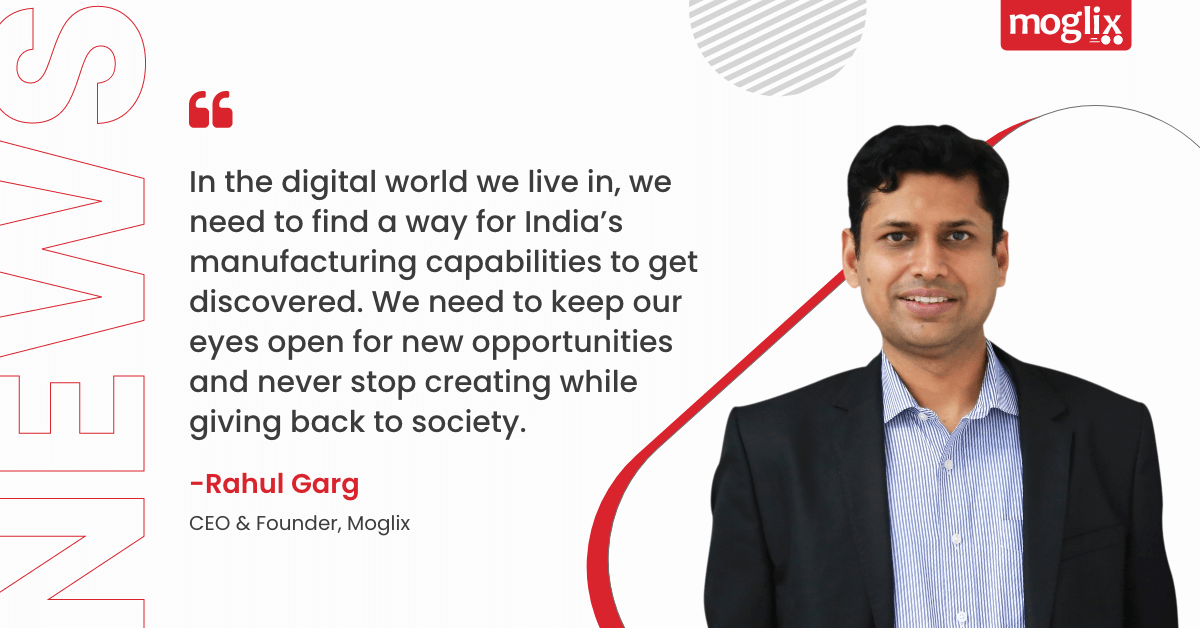
Moglix- Fueling the Next Generation of Digital Supply Chain
Rahul Garg, CEO and Founder recently shared his vision
Moglix is an ecommerce company intensively inclined towards helping business procure industrial supplies, in particular MRO, safety, electricals, lighting, cleaning and housekeeping, office stationary and supplies, power tools and many more business essentials.
”
Talking about the spectrum Moglix covers, Founder and CEO, Rahul Garg said: “Today, we serve 5 million MSMEs and over 1,000 global enterprises to digitise their procurement and supply chain at more than 3,000 plants across auto, pharma, chemical, infrastructure, metals and mining, oil and gas, FMCG and many more sectors.”
Building India at 75: The Infrastructure We Aspire for and the Supply Chain We Need
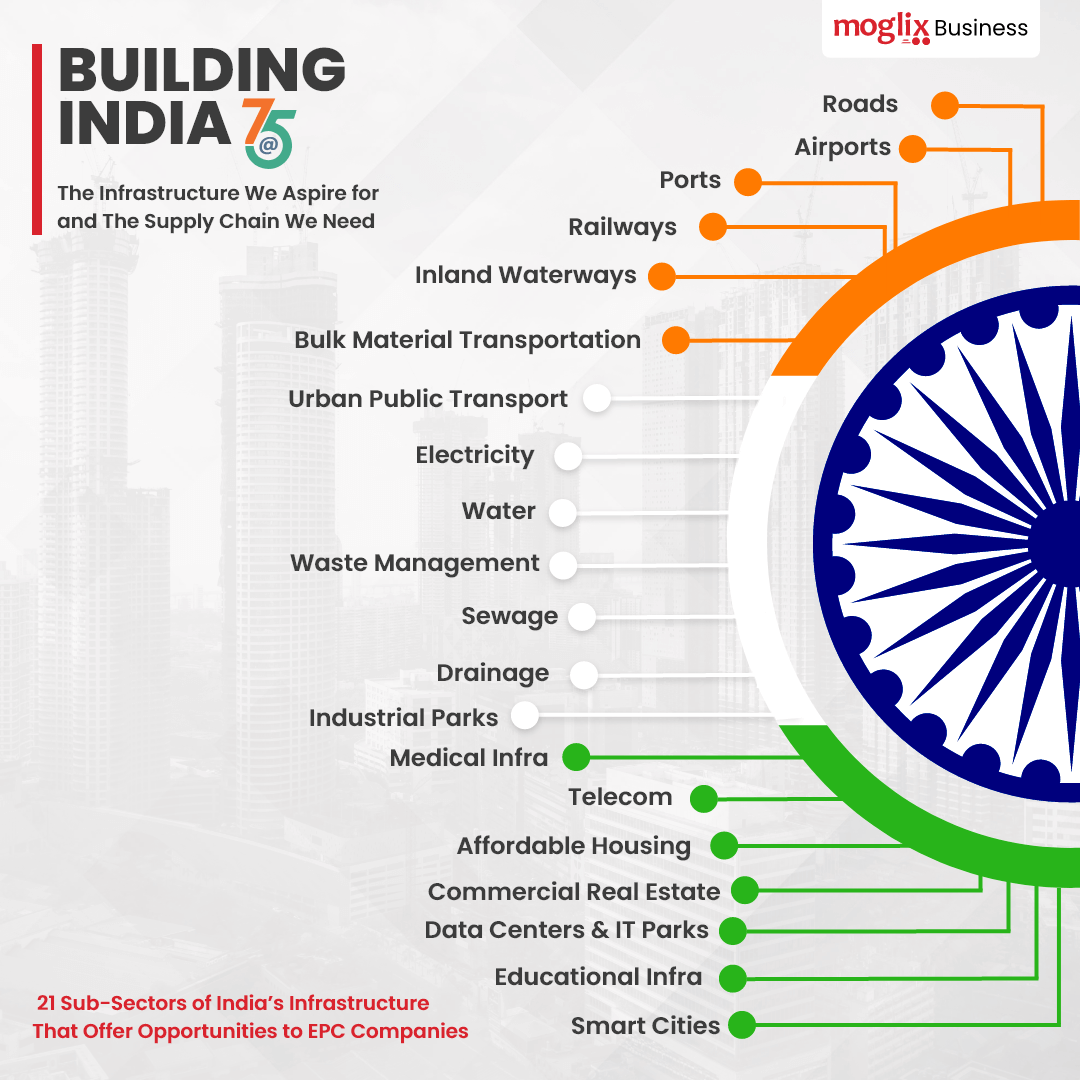
Building India at 75: The Infrastructure We Aspire for and the Supply Chain We Need
India@01 was a new shining star of freedom that had just risen on the horizon. It was an India of humble beginnings with an aspiration to reach commanding heights. As India turns 75, this Independence Day and celebrates Azadi Ka Amrit Mahotsav, we must introspect and ask ourselves some meaningful questions.
While life during the COVID19 pandemic was tough, which sector steered India’s economy to safety shores?
What is it that we need to bridge the gaps between the talent that is locked up inside India’s demographic dividend of a 55% young population and the opportunities in the global economy?
The answer is “infrastructure”.
India’s infrastructure sector, leveraged by the government’s mega CAPEX drive, outcome-based union budgeting for the National Infrastructure Pipeline, integrated data governance initiatives like the PM Gati Shakti Master Plan, and a vision to create “100 Smart Cities” is enabling the flow of a staggering INR 1,08,17,449 Cr of value into our economy.
The government expenditure multiplier in India’s infra sector is 2X. The benefits of the CAPEX that we are pump priming will get back to us in the form of economic growth across decades.
Building India@75 signifies a generational change in “our aspirations for infrastructure in the country” and consequently brings into focus the question of “what kind of supply chain do we need to get there?”
The Supply Chain Secrets for EPC Companies Building India@75
The supply chain for building infra for India@75 needs unique performance reporting metrics, processes, competencies, and technologies that can seamlessly integrate with the way in which EPC companies do business. This e-book is divided into three parts. Part one throws light on the opportunities for EPC companies across 21 sub-sectors. Part two delves on the latest trends in the prices of cement and the production and consumption of steel in India. Part three accumulates the learning outcomes of the Infra & PSU team at Moglix Business, derived from procurement and supply chain collaborations with EPC companies.
The Future of Infra Supply Chain in India: Freedom from Efficiency Leakages for EPC Companies
India’s next generation infrastructure will not be built only on land, TMT bars, structural steel, cement, transformers, and electricals alone. Rather it will be but on a digitally concretized foundation that is value engineered through contactless, seamless, and paperless supply chain processes.
It will ensure freedom from cost, time, and manual inefficiencies to EPC companies, project developers, contractors, engineers, and suppliers building India. This Independence Day let’s pledge to build India into a meritocracy where performance connects opportunity on one hand and rewards on the other.
Redefining Procurement: Everything you need to know in 3 steps
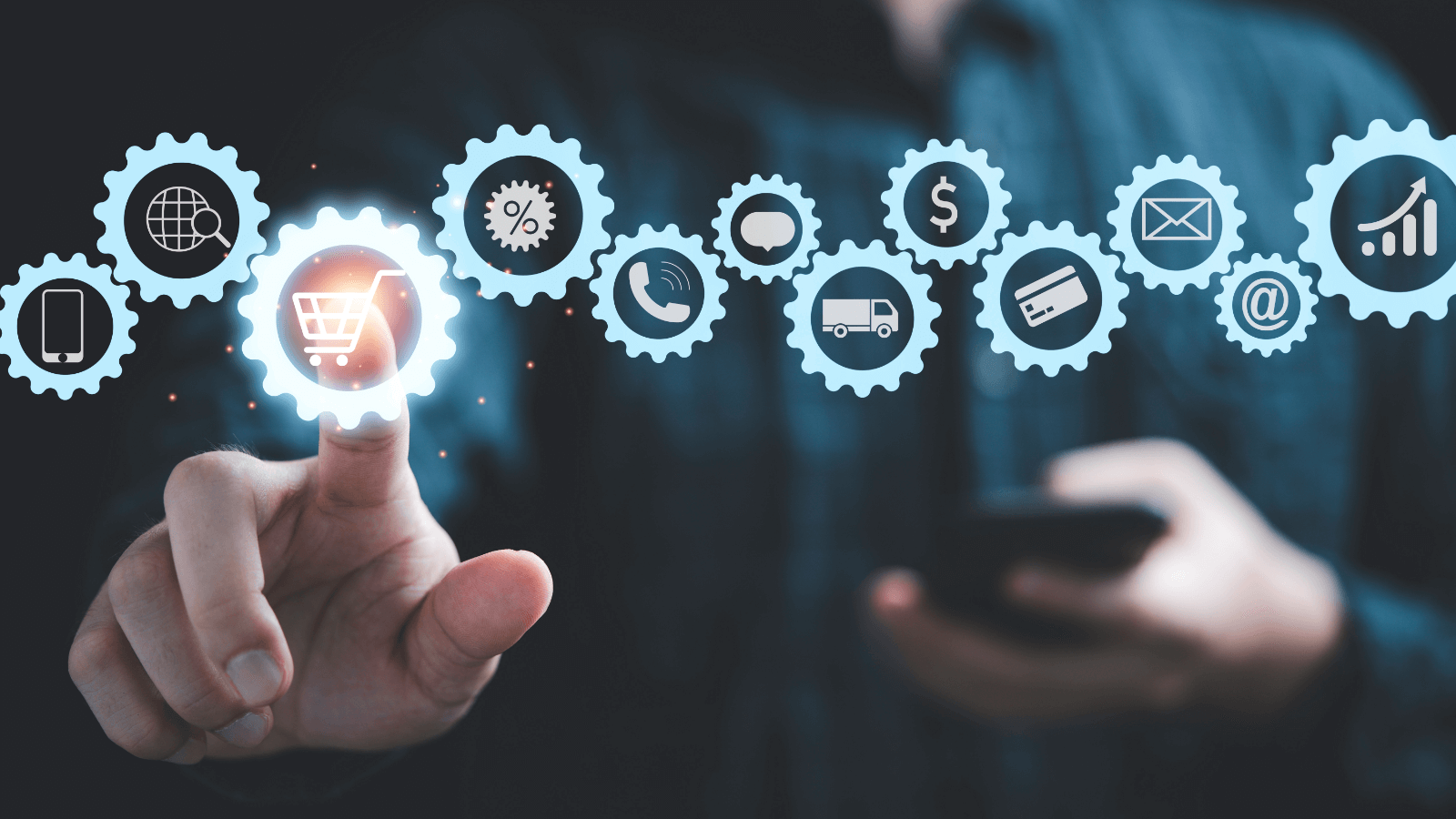
Redefining Procurement: Everything you need to know in 3 steps
Supply chain management (SCM) is significant for mid-market firms as it lowers operational costs and boosts consumption growth. And procurement forms an integral part of SCM. However, the last few years taught us that supply chains are often overlooked. As per an analysis conducted by SAP, almost 50% companies were affected due to hindered procurement leading to supply chain disruptions.
Nevertheless, indirect procurement can be a viable solution to promote effective SCM. It is now possible with Moglix Mid-Market, an e-commerce platform managing B2B procurement of MRO and several other industrial supplies. With a pursuit to bridge the gap between B2B merchants and consumers, Moglix aims to solve the following challenges:
Primary challenges in Procurement of MRO for mid-market firms
- Unfair Pricing – Mid-market organizations must be cautious as they fail to enjoy economies of scale. Large companies and Original equipment manufacturers leverage economies of scale to get cost benefits. SME businesses are at a disadvantage which increases their average production costs.
- Hidden costs – Proper management in procurement and operations can aid mid-market firms in achieving multiple business objectives. Procurement of MRO like packaging and raw materials, capital and IT equipment, etc., can get expensive if neglected. Though initially, MRO expenses look minimal, a mismanagement can lead to inventory pile-up or even ceasing of business operations.
- Labor and Budget Constraints – Shortage of skilled workers and restricted budgets force directors/entrepreneurs to single-handedly manage procurement. In the wake of handling several company functions, MRO is often sidelined. It gives rise to unexpected costs due to unnecessary buying.
But, tackling procurement is simple if you have an established supply chain network. Moglix addresses this gap by helping businesses by digitizing their procurement process and adding visibility and traceability to buy industrial supplies.
3 Pillars of Easy Procurement
- Established Network – Moglix holds an intricate supply chain network spanning nearly 16,000 suppliers serving over 5,00,000 SME businesses. Its ubiquitous presence across major industrial towns in India ensures all customers are treated equally.
- Inventory Management Assistance – Successful inventory management is the key to a profitable business. They provide end-to-end supply chain management services for Class A/B / C products, promoting inventory optimization. Also, Moglix provides Vendor Managed Inventory(VMI) for mid-market businesses to tap the benefits of indirect procurement. It takes the load off the buyer contributing to higher company sales.
- Digitization – Digitization is changing the way of doing business. Customers can access their E-Catalog for buying and tracking the supply chain movements on the Moglix website or mobile app. They have merged technology with satisfaction by providing a quotation within 30 minutes and delivering MRO supplies in 48 hours.
The implication of innovative technological tools ushers in a new era for Procurement. Contact Moglix to tap the benefits of an optimized and all-digital procurement process.
